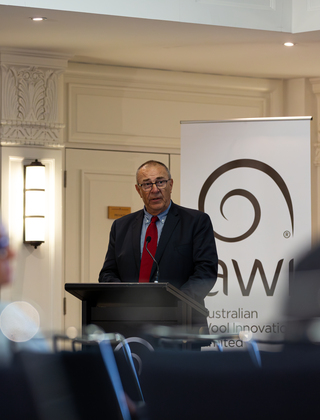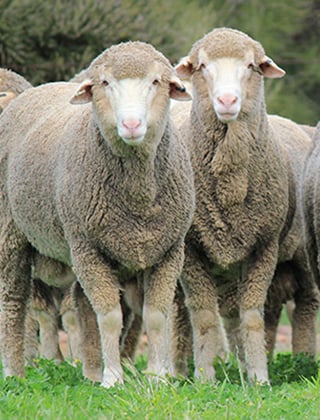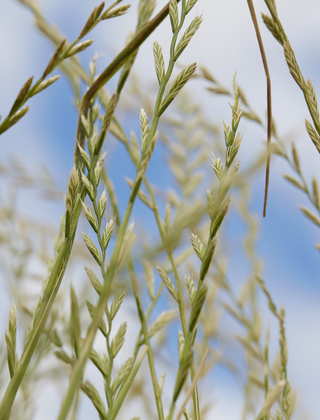Shorn wool production increases as the run of good seasons continue
The Australian Wool Production Forecasting Committee (AWPFC) has updated its forecast of shorn wool production for the 2022/23 season. This second forecast is for production of 340 million kilograms (Mkg) greasy, a 4.9% increase on the 2021/22 estimated production of 324 Mkg greasy.
- The Australian Wool Production Forecasting Committee’s second forecast of shorn wool production for 2022/23 is 340 Mkg greasy, up 4.9% on 2021/22. The continuing La Niña conditions have set up a very positive spring season in key wool producing regions. The number of sheep shorn is expected to increase (up 4.7%) with the average cut per head maintained at 4.53 kg greasy.
- The Committee estimates that Australian shorn wool production for 2021/22 was 324 Mkg greasy, a 10.0% increase on the 294 Mkg for 2020/21.
The Australian Wool Production Forecasting Committee (AWPFC) has updated its forecast of shorn wool production for the 2022/23 season. This second forecast is for production of 340 million kilograms (Mkg) greasy, a 4.9% increase on the 2021/22 estimated production of 324 Mkg greasy.
Committee Chairman, Stephen Hill said that "With good results reported from autumn lambing flocks and the same expected from those lambing in spring, the number of sheep shorn is forecast to increase by 4.7% to 75 million head. The continued wet weather is expected to bring some challenges in the months ahead from internal parasites, flies and increased grass seeds and burr.”
Favourable lambing and weaning percentages from 2021/22 have increased the proportion of younger sheep in the flock, which is expected to hold the average cut per head at 4.53 greasy kg despite the excellent seasonal conditions. More than 70% of producers who participated in the June 2022 AWI/MLA Wool and Sheepmeat survey expected their 2022/23 fleece weights to be the same as 2021/22.
The Committee estimates shorn wool production for the 2021/22 season at 324 Mkg greasy, a 10.0% increase on the 2020/21 season estimate of 294 Mkg greasy. This increase reflects the favourable end to the 2021/22 season as well as the larger sheep flock as reported by the ABS 2020/21 Ag Census. This increased the estimated number of sheep shorn by 2.57 million from the April forecast. AWTA key test data for the 2021/22 season compared with 2020/21 are shown in Table 3.
The September AWPFC estimate includes a clean wool estimate for average cut per head and shorn wool production. For the 2021/22 season the yield (%, Schlumberger dry top and noil yield) from the AWTA key test data was used to calculate the clean average cut per head and clean shorn wool production (Table 1).
Table 1: Summary of Australian wool production

Note: Totals may not add due to rounding.
Table 2: Total shorn wool production by state

Note: Totals may not add due to rounding.
Table 3: AWTA key test data for 2020/21 and 2021/22

The National Committee drew on advice from the six State Committees, each of which includes growers, brokers, private treaty merchants, sheep pregnancy scanners, representatives from State Departments of Agriculture and the Australian Wool Testing Authority. Data and input were also drawn from AWEX, wool exporters, the Australian Bureau of Statistics, ABARES, and Meat and Livestock Australia.
The state and national Committees will next meet in mid-December 2022.
The full forecast report will be available on the AWI website at www.wool.com/forecasts from 23rd September 2022.
Released by:
Kevin Wilde
General Manager, Consultation & Engagement, Australian Wool Innovation,
Mobile: +61 436 031 277
















